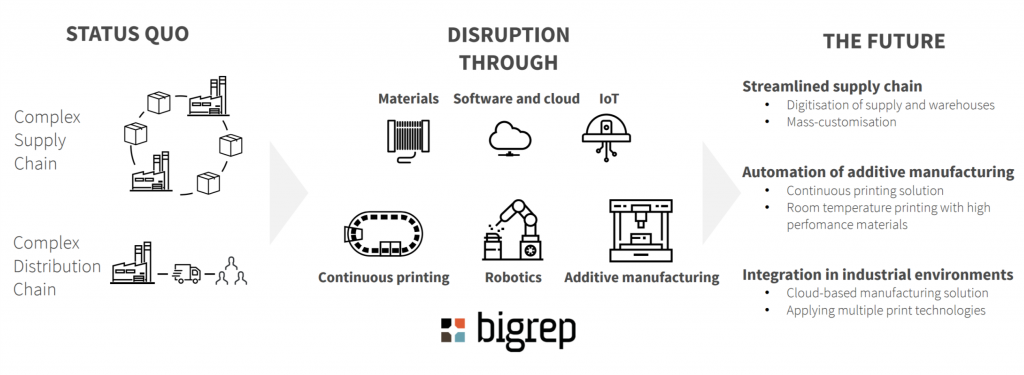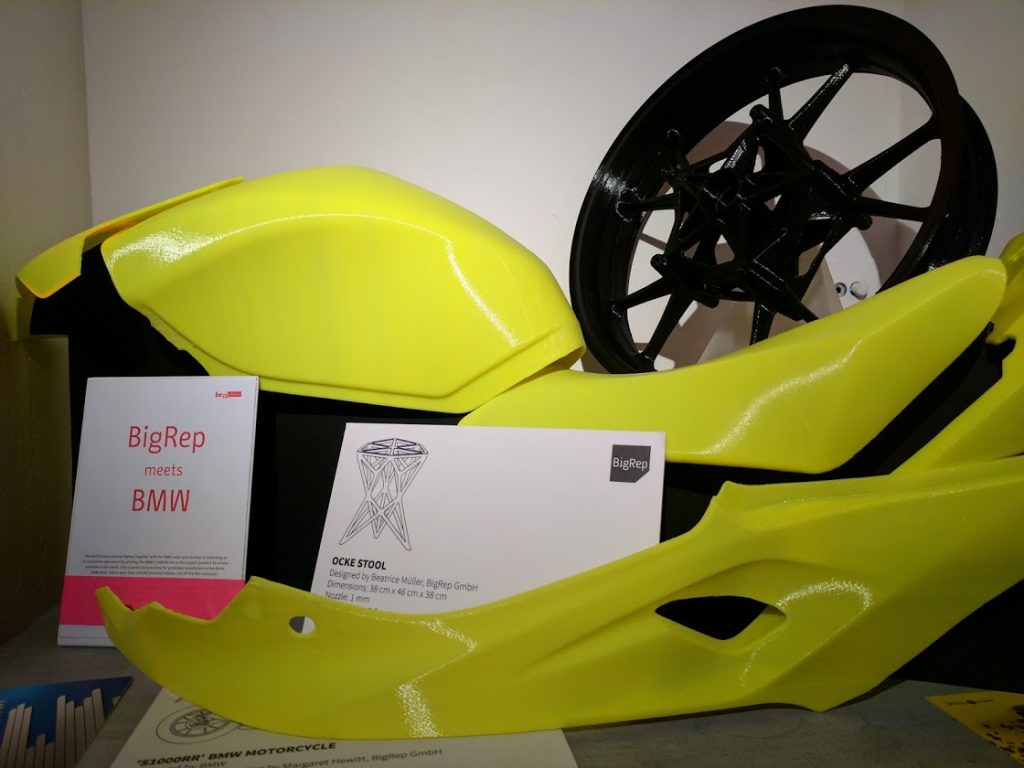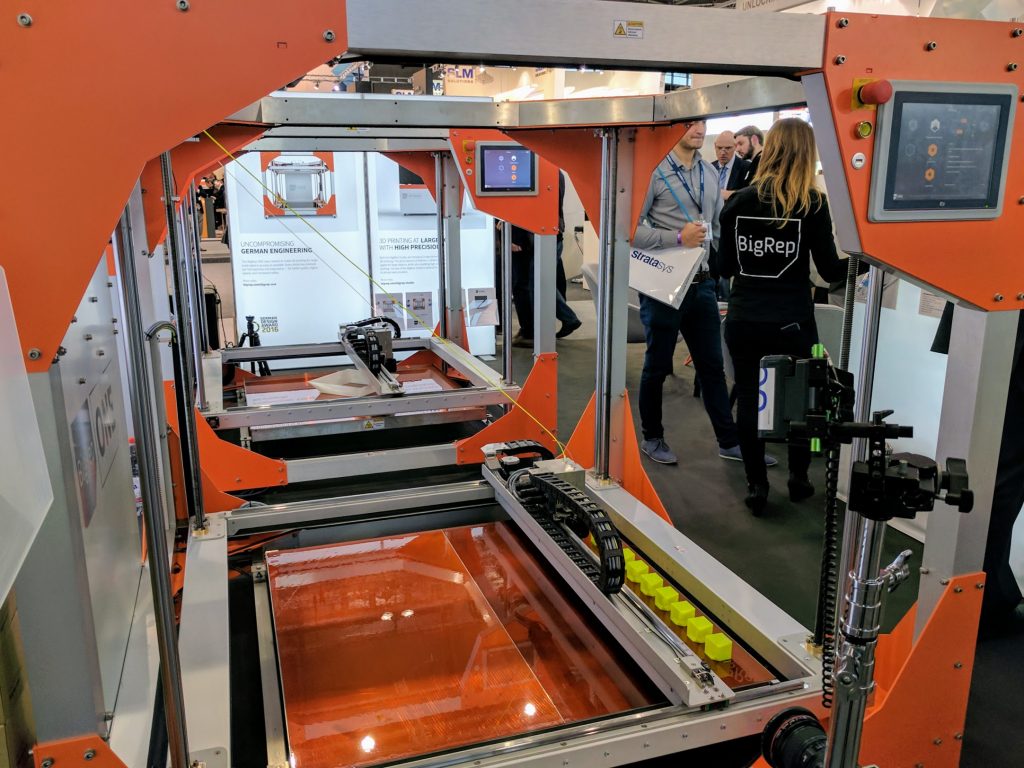3D Printing Industry is taking an in depth look at how additive manufacturing is moving to production. Over the coming weeks the results of interviews with industry leading practitioners will be published.
This article is part of a series examining Trends in Additive Manufacturing for End-Use Production.
Daniel Büning is Head of Business Development and Strategy at large-format 3D printing specialists, Big Rep. The large scale FFF 3D printers and additive manufacturing solutions produced by Berlin based, Big Rep are used for a range of professional and industrial uses. You can also read an earlier interview with Daniel Büning on the topic of 3D printing, art and architecture here.
3D Printing Industry: What is your percentage estimate of how much your printers are used for production versus other applications?
Daniel Büning: Currently 25% of our globally installed base is utilized as production equipment on the shop floor. The main verticals where our equipment is used for production are: molding (Heavy Industries, Maritime), furniture (small series production), interior and spare parts.

3DPI: Which industries/verticals are leading in the use of AM for production?
DB: Currently the main driver in AM for production is the aerospace and the medical sector.
This is for two main reasons. First, the material properties that are needed for certification can be reached with metal AM. Second, these industries require a the high degree of individualization – meaning custom parts or medical implants – which are already economic at a lot size of one.
3DPI: What barriers does AM face for production and how are these surmountable?
DB: The biggest barriers that AM for production will face is the need to introduce a certification protocol for each individual industry and the specific usage of AM on a case-by-case basis.
Another important issue is the need for cost-reduction, higher speeds and reproducibility independent of part quantities (lot size 1 – large quantities). With our continuous printing solution “Sushi” we are aiming to tackle these issues.
3DPI: Are there any notable trends in AM for end use production?
DB: In end use production, there is a big trend recently in the area of industrial spare parts.
Next to the German railway Deutsche Bahn (Mobility goes Additive network) and the Daimler truck division, multiple industrial players have identified AM for spare part production as their first attempt to implement the technology permanently into their production strategy.
Spare parts are a best fit, first use case due to the on demand requirements that can be easily solved by any given suitable AM equipment.
Therefore, spare parts can be seen as an ideal test vehicle – where AM equipment can be evaluated at small lot sizes – and then fully integrated into the overall production pipeline.

3DPI: Can you name any specific case studies where AM is used for end use production?
DB: Currently the first customers are utilizing our equipment for the production of small scale serial batches. The main user group here is the furniture industry where the strength of AM – freedom of design, lot size of 1 and customizability – can be directly utilized for novel products.
3DPI: Is anything else you’d like to highlight in this area?
DB: The Sushi concept we are currently developing is a revolutionary AM system which is needed to finally conquer industrial production floors by fulfilling industry demands that can not be reached from any AM stand alone system today.
Our attempt is to set novel AM industry standards for in the following areas:
The degree of automation, quality control, scalability, cost per part and reproducibility.
We want to be the number one supplier for “real” industrial equipment in the future.

This article is part of a series examining Trends in Additive Manufacturing for End-Use Production.
More information about Big Rep is available here.
If you found this insight useful, then subscribe to our newsletter and follow us on social media.



